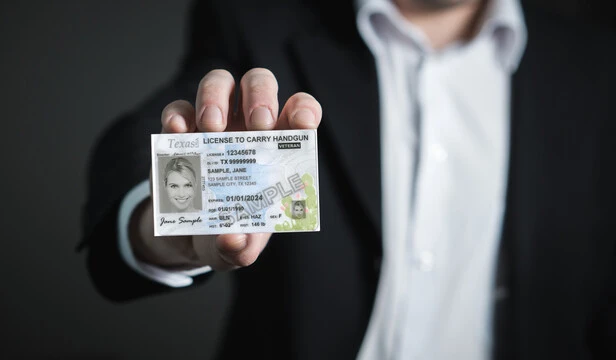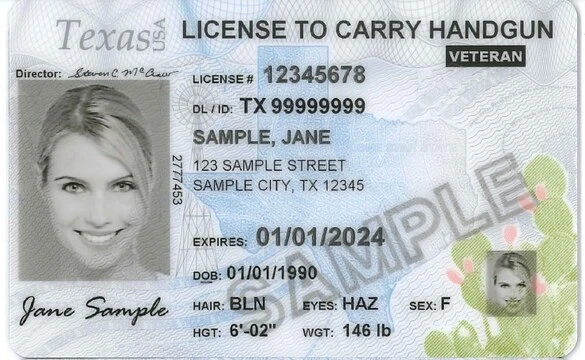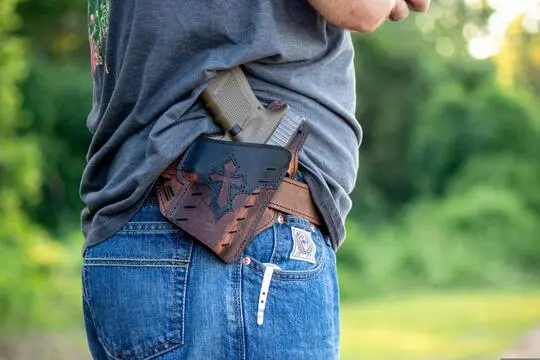In Texas, the legal landscape around carrying firearms in vehicles can be complex. Understanding your responsibilities and the duty to inform during a traffic stop is crucial for ensuring a safe and lawful interaction with law enforcement.
Legal Framework for Carrying Firearms in Vehicles
Under Texas law, carrying a firearm in your vehicle is generally legal. However, there are certain conditions and exceptions to be aware of:
- Permitless Carry: As of September 2021, Texas allows permitless carry, meaning individuals over the age of 21 can carry a handgun in their vehicle without a License to Carry (LTC).
- LTC Holders: If you possess an LTC, you are required to present your LTC and inform the officer if you are carrying a firearm when asked for identification during a traffic stop, fulfilling your duty to inform under Texas Government Code § 411.205.
Key Legal Considerations
-
Unlawful Carrying of a Weapon (UCW): Under Texas Penal Code § 46.02, it is illegal to carry a weapon while committing an offense higher than a Class C misdemeanor. Examples include:
- Driving While Intoxicated (DWI)
- Possession of controlled substances
- Evading arrest
- Being a member of a criminal street gang
-
Duty to Inform Law Enforcement:
- LTC Holders: Must present both their driver's license and LTC when asked for identification if they have a firearm in the vehicle. This is part of your duty to inform the officer.
- Non-LTC Holders: Not legally required to inform the officer about the firearm unless asked. However, it is generally advisable to do so to avoid misunderstandings.
Steps to Follow During a Traffic Stop
When pulled over, follow these steps to ensure a smooth and safe interaction, keeping in mind your duty to inform:
- Pull Over Safely: Find a safe, well-lit area to stop your vehicle.
- Turn Off the Engine: Turn off your engine and roll down your window.
- Keep Hands Visible: Place your hands on the steering wheel where the officer can see them.
- Remain Calm: Stay calm and control your breathing to reduce tension.
- Inform the Officer: If you have a firearm, calmly inform the officer:
- For example, say, "Officer, I want to inform you that I have a firearm located [specify location]. What would you like me to do?" This fulfills your duty to inform.
- Follow Instructions: Wait for the officer's instructions and follow them carefully, making slow and deliberate movements.
Safety Procedures for Informing Officers
- At Night: Turn on your interior lights to make it easier for the officer to see inside your vehicle.
- Avoid Sudden Movements: Do not make any sudden moves or attempt to retrieve items from the glove compartment without permission.
- Clear Communication: If the officer requests to see or handle the firearm, ask for detailed instructions and repeat them back as you comply, emphasizing your duty to inform.
Traveling with Firearms
Texas law permits the transportation of firearms in vehicles without an LTC, but the gun must be concealed and not accessible to minors under 17 years of age. When traveling across state lines, it is important to be aware of other states' firearm laws to avoid legal issues.
Conclusion
By understanding and following these guidelines, you can ensure a safe and compliant interaction with law enforcement when carrying a firearm in your vehicle in Texas. Remember to remain calm, keep your hands visible, and communicate clearly with the officer. Whether you are an LTC holder or not, knowing your rights and responsibilities, including your duty to inform, will help prevent any legal complications during a traffic stop.




